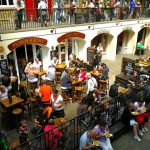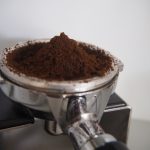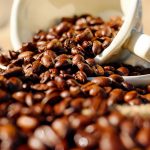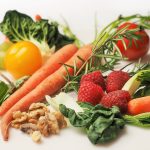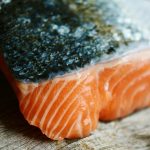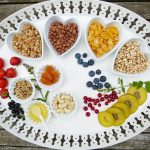When it comes to enjoying a perfect cup of coffee, understanding the precise measurements can elevate your coffee experience from ordinary to extraordinary. The question of “how many ounces in a cup of coffee” might seem simple at first glance, but it opens the door to a deeper understanding of coffee culture, brewing techniques, and personal preference that can make all the difference in your daily ritual. Our comprehensive guide is crafted by coffee aficionados and experts in the field, aiming to demystify the nuances of coffee measurements for enthusiasts and casual drinkers alike.
Diving into the specifics, we’ll explore how different coffee cultures around the world define a “cup” of coffee, how these measurements impact the strength and flavor of your brew, and why understanding the ounces can help you replicate your favorite coffee shop experience at home. Whether you’re a seasoned barista or a curious newcomer to the world of coffee, our insights will provide you with the knowledge to perfect your pour, tailor your coffee to your tastes, and discover new ways to enjoy this beloved beverage.
So, if you’ve ever found yourself pondering the exact amount of coffee that constitutes the ideal cup, or if you’re simply looking to refine your coffee-making skills, you’re in the right place. Join us as we delve into the world of coffee measurements, uncovering the secrets behind the ounces in a cup of coffee, and how this knowledge can transform your coffee experience. Let’s embark on this flavorful journey together, where precision meets passion, and every sip is a step towards mastering the art of coffee.
Section 1: Decoding Coffee Cup Sizes
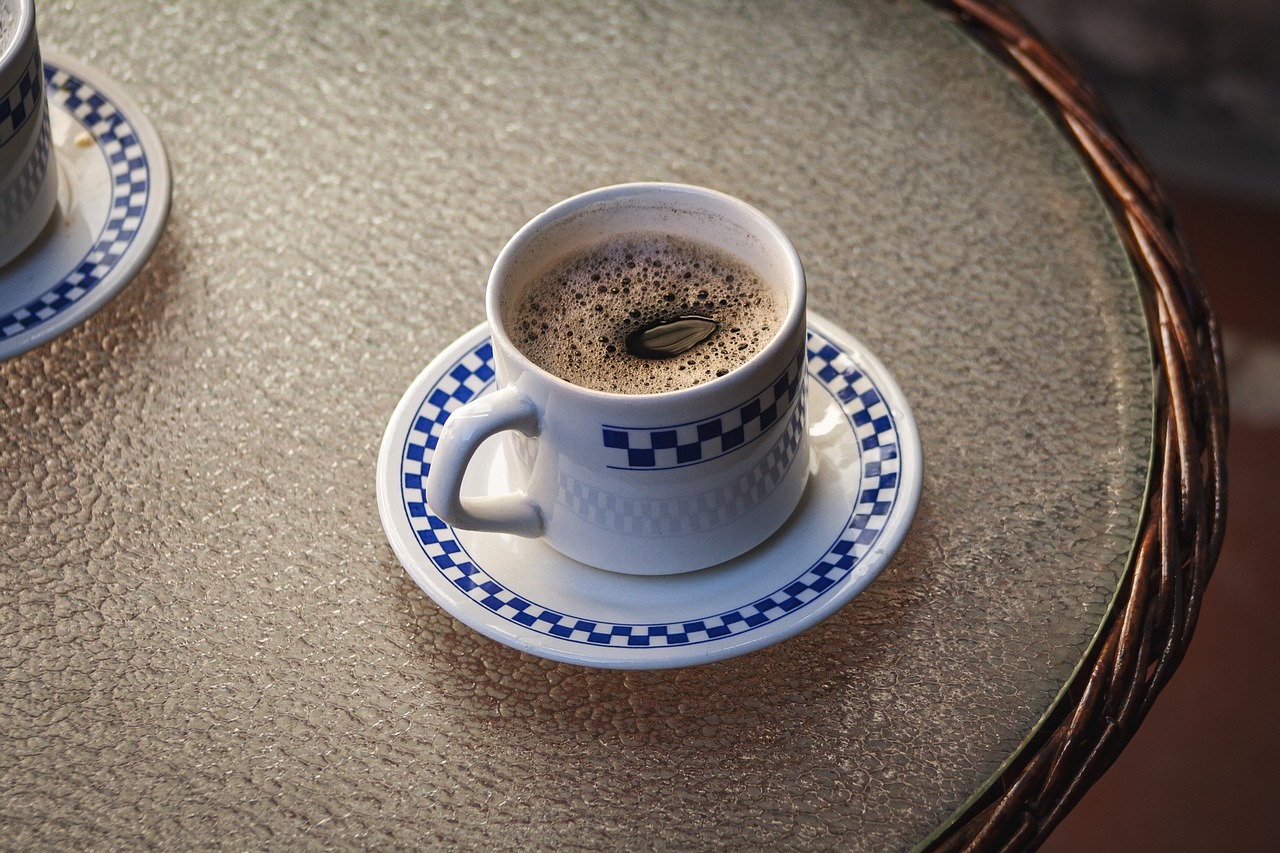
To brew the perfect cup, you first need to understand cup sizes.
Standard Coffee Cup Measurements Explained
A standard cup of coffee typically contains 6 ounces of brewed coffee in the United States. This measurement is based on the golden ratio for well-brewed coffee, where 6 ounces of water is combined with 1 to 2 tablespoons of ground coffee. While the volume of a regular “cup” measurement equals 8 fluid ounces, most coffee cups are larger than 6 ounces due to the trend of larger mug sizes over time. Different countries have varying cup measurements, with the United States using an 8 fluid ounce cup as the standard.
Coffee Cup vs. Coffee Mug:
- Coffee cups are sized for a single serving of coffee. Cups often have a handle and are made of ceramic.
- Coffee mugs can hold 10-16 oz of coffee, meant for lingering over multiple cups. Mugs have handles and are commonly made of ceramic or stoneware.
Global Variations in Coffee Cup Sizes
Coffee cup sizes differ across cultures based on preferences:
- Italy: The espresso is king. Shot sizes range from 1-1.5 oz. Cappuccino cups are 3-6 oz.
- Australia/New Zealand: Standard cup size is 8 oz.
- Japan: Coffee mugs range from 6-16 oz.
- Finland: 12 oz cups are commonplace. Large mug sizes reflect the popularity of leisurely coffee breaks.
- Saudi Arabia/Turkey: Tiny 3 oz cups for Arabic/Turkish coffee are customary.
Section 2: Mastering the Brew
Brewing the ideal cup means adjusting for your cup size and brewing method.
Adjusting Brew Ratios for Different Cup Sizes
| Cup Size | Ground Coffee | Water |
| 12 oz | 3-4 tablespoons | 12 oz |
| 8 oz | 2-2.5 tablespoons | 8 oz |
| 6 oz | 2 tablespoons | 6 oz |
| 3 oz | 1 tablespoon | 3 oz |
| 1.5 oz | 0.5 tablespoon | 1.5 oz |
- Use a kitchen scale to precisely measure coffee and water.
- Adjust the coffee-to-water ratio based on taste preferences.
- Generally use 1 tablespoon of ground coffee per 6 oz of water.
The Science of Brewing: Temperature, Time, and Technique
Water Temperature:
- 195°F to 205°F is the ideal water temperature for coffee extraction.
- Colder water results in flat, under-extracted coffee. Hotter leads to bitter, over-extracted coffee.
Brew Time:
- The optimal brew time depends on the method, but ranges from 2-5 minutes.
- Time affects flavor: too short leads to sour, weak coffee, too long makes it bitter.
Pouring Technique:
- Gooseneck kettles allow for a slow, controlled pour.
- Pour in concentric circles evenly over the coffee bed.
- Pour rate impacts extraction: faster increases agitation, slower prolongs contact time.
DIY Coffee Brewing Techniques
With some simple equipment, you can replicate cafe-quality coffee at home:
- Pour over: Requires a pour over dripper, filters, and gooseneck kettle. Excellent for flavor clarity.
- French press: Uses a French press pot to steep coffee grounds. Provides rich, full body.
- AeroPress: A microfiltered immersion brewer for balanced flavor. Extremely portable.
- Cold brew: Steep coffee grounds at room temperature for 12+ hours. Low acidity, smoother taste.
Section 3: Beyond the Cup
Understanding the implications of coffee allows you to brew and consume consciously.
The Health Aspects of Coffee
Coffee consumed in moderation (3-4 cups/day) has several potential health benefits:
- Improved alertness, concentration, memory
- Enhanced athletic and exercise performance
- Reduced risk of Parkinson’s disease, type 2 diabetes, liver disease
- Antioxidants and anti-inflammatory compounds
However, excess coffee can cause anxiety, insomnia, digestive issues, and high blood pressure in some.
Sustainability in Coffee Consumption
Coffee production has numerous environmental impacts:
- Deforestation for coffee plantations
- Intensive water usage
- Carbon emissions from farming, processing, shipping
- Waste from single-use pods and packaging
Sustainable Brewing Tips:
- Seek third-party certifications like Fair Trade, Rainforest Alliance, Smithsonian Bird-Friendly
- Choose reusable filters over paper filters
- Compost used coffee grounds
- Opt for reusable mugs/travel cups over disposable cups
Section 4: The Coffee Experience
Understanding coffee economics and culture is key to enhancing your overall coffee experience.
Economic Impact of Coffee Cup Sizes
Larger cup sizes increase profitability for coffee shops:
- Based on an average brew ratio, 1 lb of coffee can brew:
- 60 fl oz of drip coffee
- 120 6 oz cups
- 90 8 oz cups
- 75 12 oz cups
- With a 12 oz cup, shops can sell 50% more coffee per pound.
- However, excess coffee consumption has health risks. Moderation is key.
Enhancing Your Coffee Experience
Essential coffee gear for enthusiasts:
- Burr coffee grinder: Even, consistent grinding
- Kitchen scale: Precise measurements
- Electric kettle: Heating control
- Ceramic dripper/French press: Flavorful brewing
- Milk frother: For cafe-style drinks
The Role of Technology
- Smart kettles & scales: App-connected for guided brewing
- High-tech commercial machines: Advanced pressure, temperature, and steam control
- Innovations like cold drip, nitrogen-infused coffee: Expanding flavors
Section 5: Seasonal and Specialty Coffees
The varieties and flavors of coffee are shaped by seasons, regions, and processing methods.
Seasonal Coffee
The harvest season affects coffee attributes:
- Early season beans are lighter, have delicate acidity.
- Peak season beans are very flavorful, bright.
- Late season beans are mellower, heavier in body.
Seasonal Drinks:
- Spring: Iced cappuccino, honey latte, lavender mocha
- Summer: Iced coffee, cold brew, espresso tonic
- Fall: Maple latte, mocha, pumpkin spice latte
- Winter: Peppermint mocha, spiced eggnog latte, gingerbread latte
Brewing for Occasions
Craft coffee drinks for special events:
- Breakfast: Latte, cappuccino, long black
- Dessert: Coffee granita, Irish coffee, affogato
- Holidays: Candy cane cappuccino, peppermint white chocolate mocha
Section 6: Engaging with Coffee Culture
Joining coffee communities allows you to share your passion while expanding your knowledge.
Interactive Coffee Forums
Engage in discussions on forums like Home Barista and CoffeeGeek about:
- Troubleshooting brewing problems
- Coffee bean and equipment recommendations
- Upcoming events and classes
- Photographing and reviewing new coffees
The Future of Coffee
Emerging coffee trends:
- Carbon neutral coffee farming
- Blockchain tracking of bean origins
- Robusta coffee varietals gaining popularity
- Ready-to-drink cold brew coffee
- Home carbonating machines for sparkling coffee
Join the coffee conversation! Try new brewing techniques, discover coffee varietals, and connect with fellow aficionados. Your next perfect cup is waiting to be brewed.
Conclusion
This guide explored the intricacies of coffee cup measurements, brewing science, health considerations, and culture. Mastering coffee cup sizes and dialing in the ideal brewing parameters allows you to elevate your everyday coffee experience. Remember to enjoy coffee mindfully, sustainably, and socially. The final brew comes down to your personal taste and preferences. Stay curious and keep brewing!
Call to Action
- Share your go-to coffee recipes, favorite roasts, and most-loved coffee shops.
- Follow specialty coffee companies and baristas on Instagram and YouTube for inspiration.
- Join a virtual or in-person coffee tasting to meet fellow enthusiasts.
- Invest in classes to take your brewing skills to the next level.
- Help make coffee more sustainable by supporting eco-conscious roasters and opting for reusable mugs.
Susan Muskat is a professional chef with over 25 years of experience in the culinary industry. After working in some of the most prestigious restaurants in the world, she opened her own restaurant, Moose and Sadie’s, which quickly became a local favorite. Susan is also the author of a blog all about recipes, guidelines, cooking tips, and knowledge from professional chefs. She loves nothing more than sharing her passion for food with others.

